15 Canadian Concepts That Americans Should Adopt
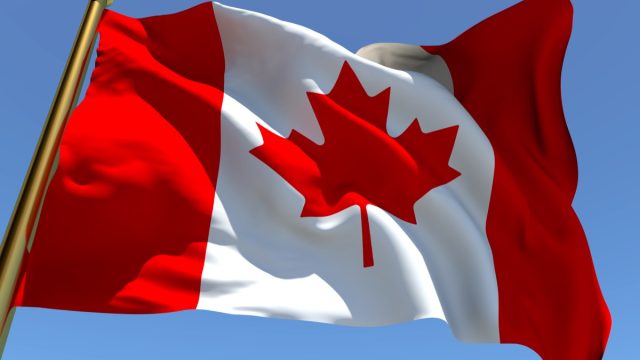
While Canadians and Americans share a border, a common language, and similar lifestyles, there are still many differences that separate these distinct countries. In the land of maple leaves and maple syrup, for instance, money is made from plastic, while Americans are still paying for things with good ol’ paper bills. And in the land of stars and stripes, people prefer chip seasonings like sour cream and onion, whereas the favorite flavor up north is ketchup.
Though both North American countries have a lot to offer in the way of culture and traditions, it’s high time that the United States think about taking some cues from its neighbor to the north. After all, America has been in the spotlight for quite some time, and yet it’s in Canada that you’ll find some top-choice grub like poutine and upgraded Bloody Marys. Keep reading to discover some of the best Canadian concepts that Americans should adopt.
1
Ketchup Chips
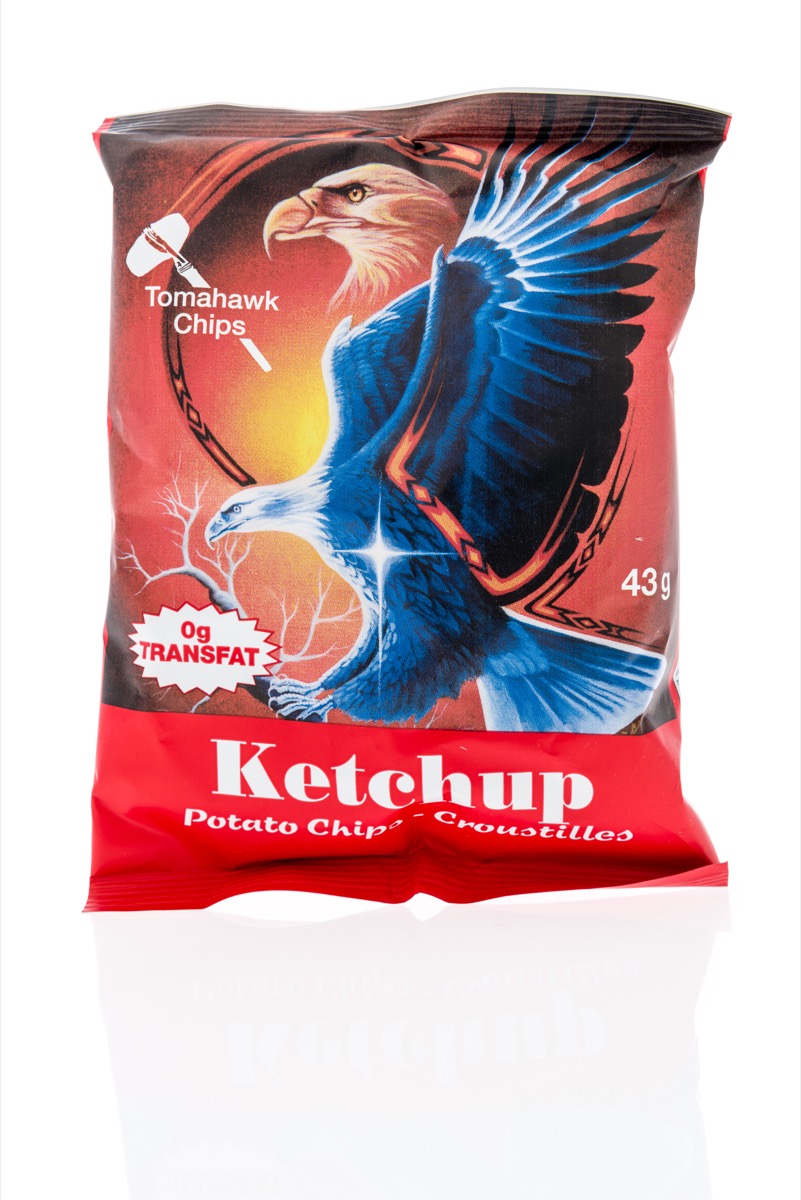
The United States is no stranger to brightly-hued salty snacks. (Hot Cheetos originated in California, after all). However, one red-colored treat that the country is seriously missing out on is ketchup chips. That’s right: All the glory of the vital, everyday condiment that is ketchup exists in potato chip form, and Canadians can’t get enough of the stuff. The flavor is tangy and slightly sweet, making it the perfect solution to satisfy any craving.
2
Poutine
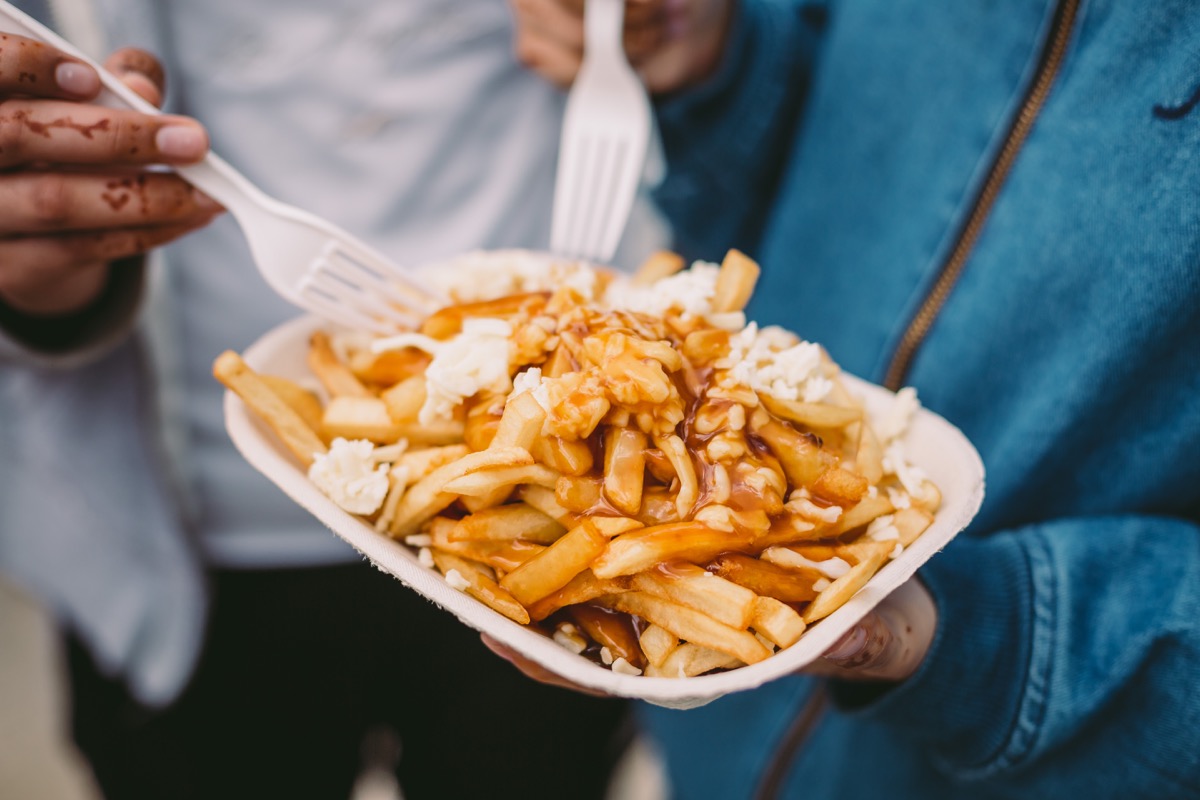
Canadians don’t just enjoy their potatoes in the form of ketchup chips. They also love chowing down on poutine, a Canadian classic comprised of French fries, gravy, and cheese curds. Yes, there are cheese fries in America, but gravy and cheese curds are definitely an upgrade.
You can enjoy the greasy dish after a night out, or you can even order it (with lobster on top!) at a fancy restaurant like Montreal’s Le Garde-Manger.
3
Nanaimo Bars
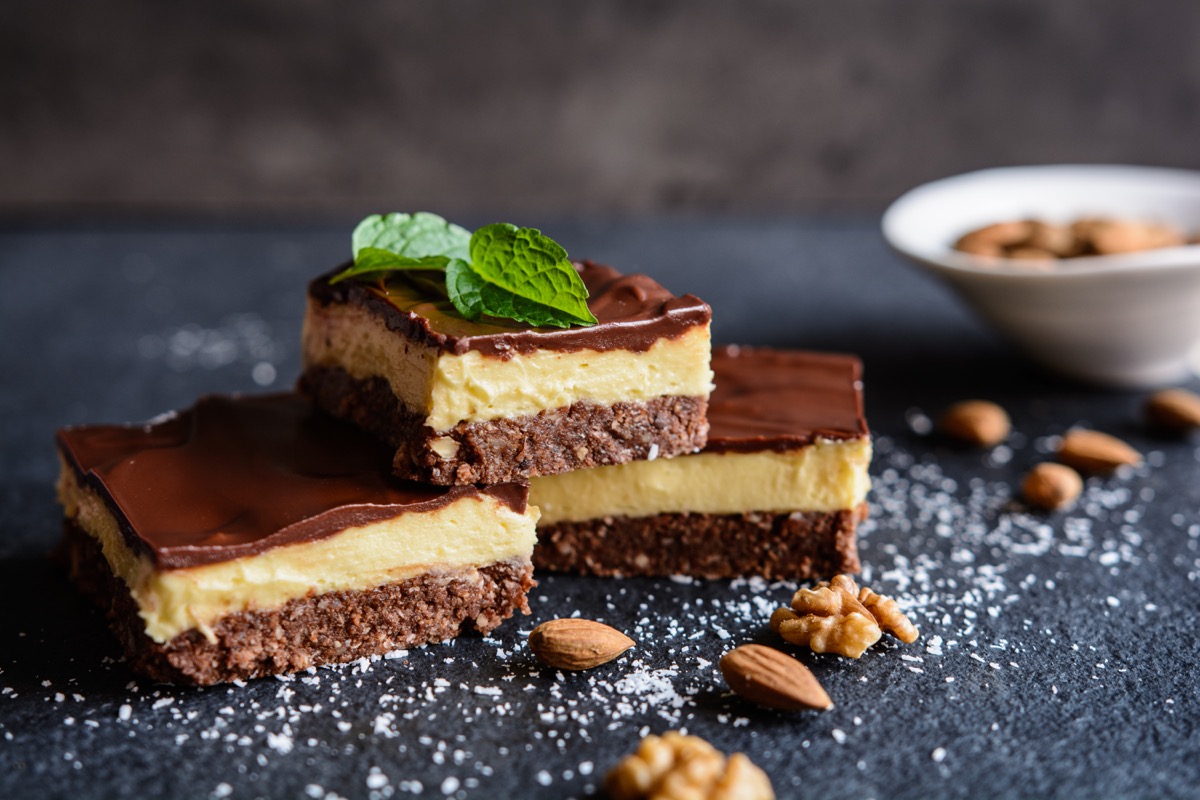
A traditional American brownie sounds like heaven… until you’ve had a Nanaimo bar, that is. This dessert is comprised of a three layers: the first is wafer and coconut crumb, the second is custard-flavored butter icing, and the third and final layer is chocolate ganache. In Canada, these no-bake bars are so popular that they’ve been voted “Canada’s Favorite Confection” multiple times; they are even featured in a recent line of dessert-themed postage stamps!
4
Bloody Marys… With Clam Juice
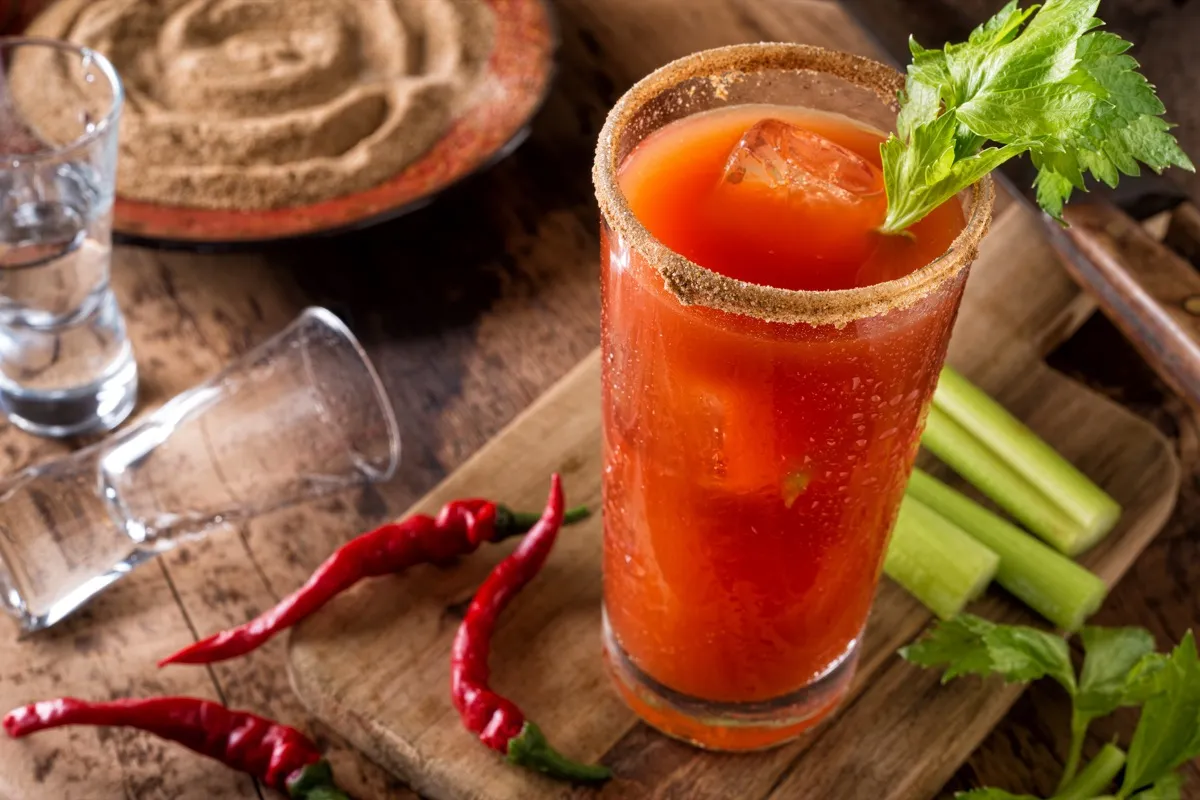
To wash down all of the delicious Canadian delicacies out there, consider ordering a Caesar instead of its American counterpart, the Bloody Mary. While both are made with vodka and tomato juice, the Canadian version features a unique additional ingredient: clam juice.
Garnishes for the Caesar also vary from a simple lemon wedge to entire meals consisting of smoked salmon, fried chicken, bacon, and more! It’s estimated that almost 350 million Caesars are consumed by Canadians each year, making it one of the most popular cocktails in the country.
5
Plastic Money
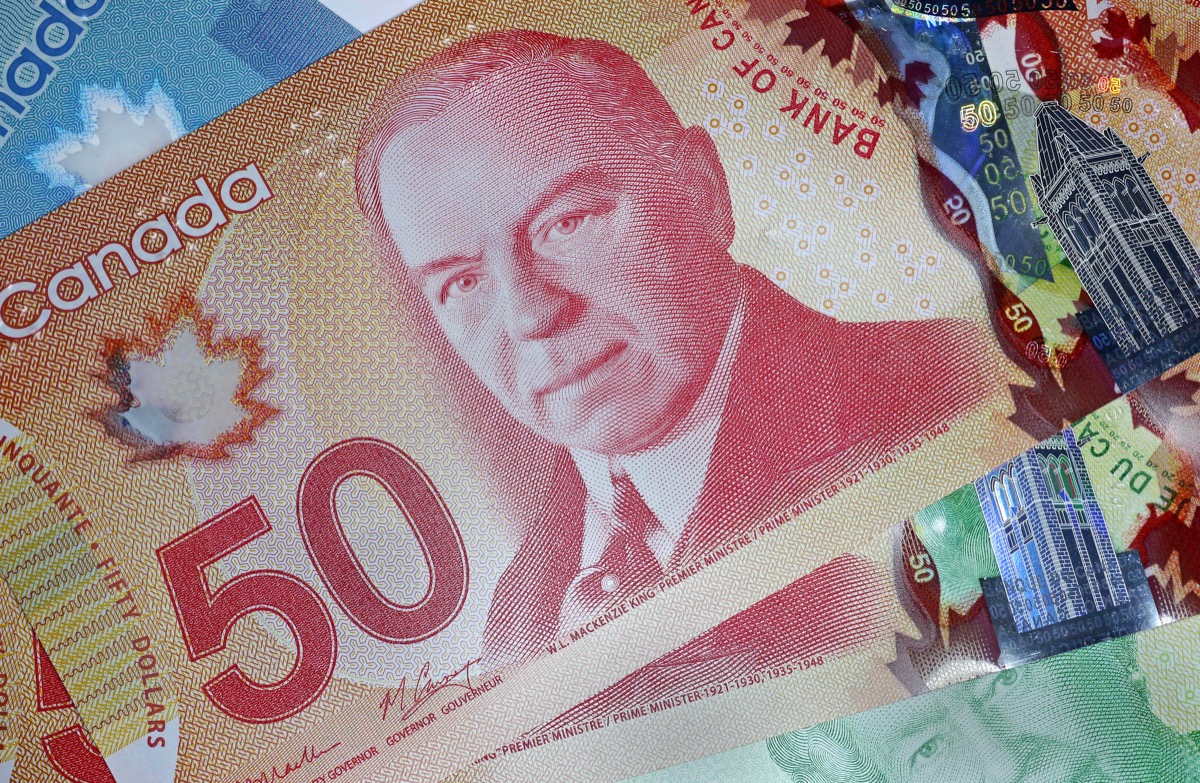
If and when you visit Canada and go to pay in cash for your ketchup chips, poutine, or Nanaimo bar, you will find that the bills are made of plastic, not paper. Put into circulation between 2011 and 2013, these plastic notes are made from polymers and feature safer security features that paper notes don’t have.
The plastic bills also last longer than their paper counterparts, which has been shown to both decrease costs of production and reduce environmental impact. With benefits like these, there’s really no reason why America shouldn’t follow in Canada’s footsteps and start printing plastic.
6
Getting Rid of the Penny
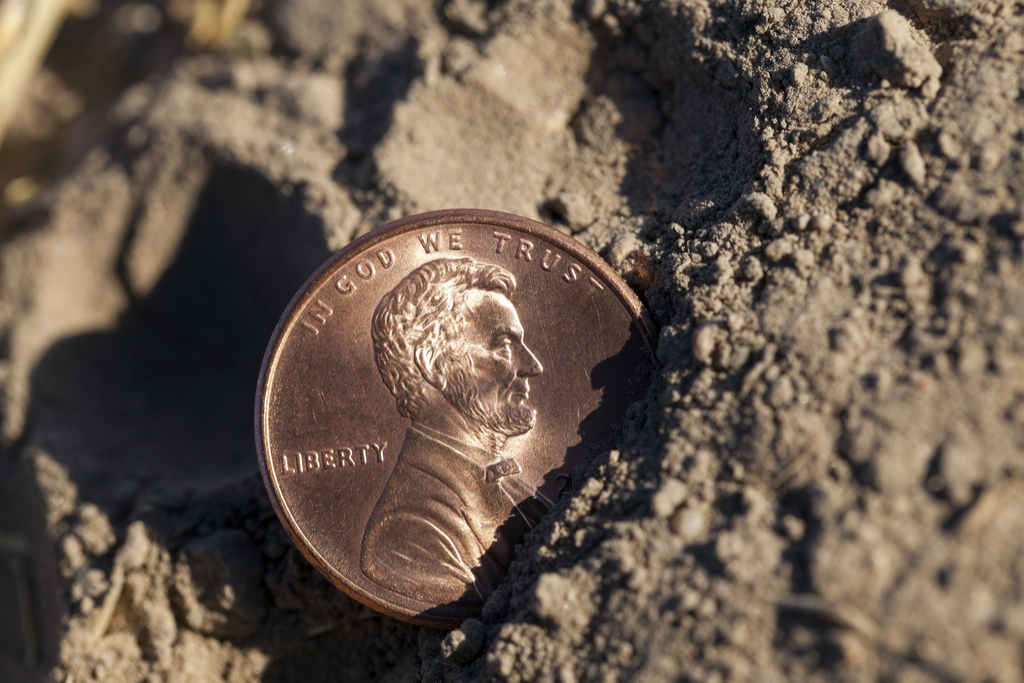
Pennies have become more of a nuisance than a monetary gain these days—and no country understands that more than Canada. Our northern neighbors discontinued the copper coin in 2012, seeing as the cost of producing it was greater than the penny itself was worth. Britain, France, and Spain are some of the other countries around the world that have also done away with their smallest unit of currency for similar reasons. Perhaps America could be next.
7
An Easier Method of Splitting and Paying Bills in Restaurants

You’ve probably experienced a huffy server when asking to split the bill four ways at an American restaurant. But paying for food and drink items is a lot easier in Canada. For one thing, wait staff is more likely to automatically split the bill, even when there’s a large group. Not only that, but Canadian servers also often bring debit/credit card machines straight to the table—ones with a “%” button that calculates how much you’d like to tip so you don’t have to figure it out in your head. Pretty great, eh?
8
The Metric System
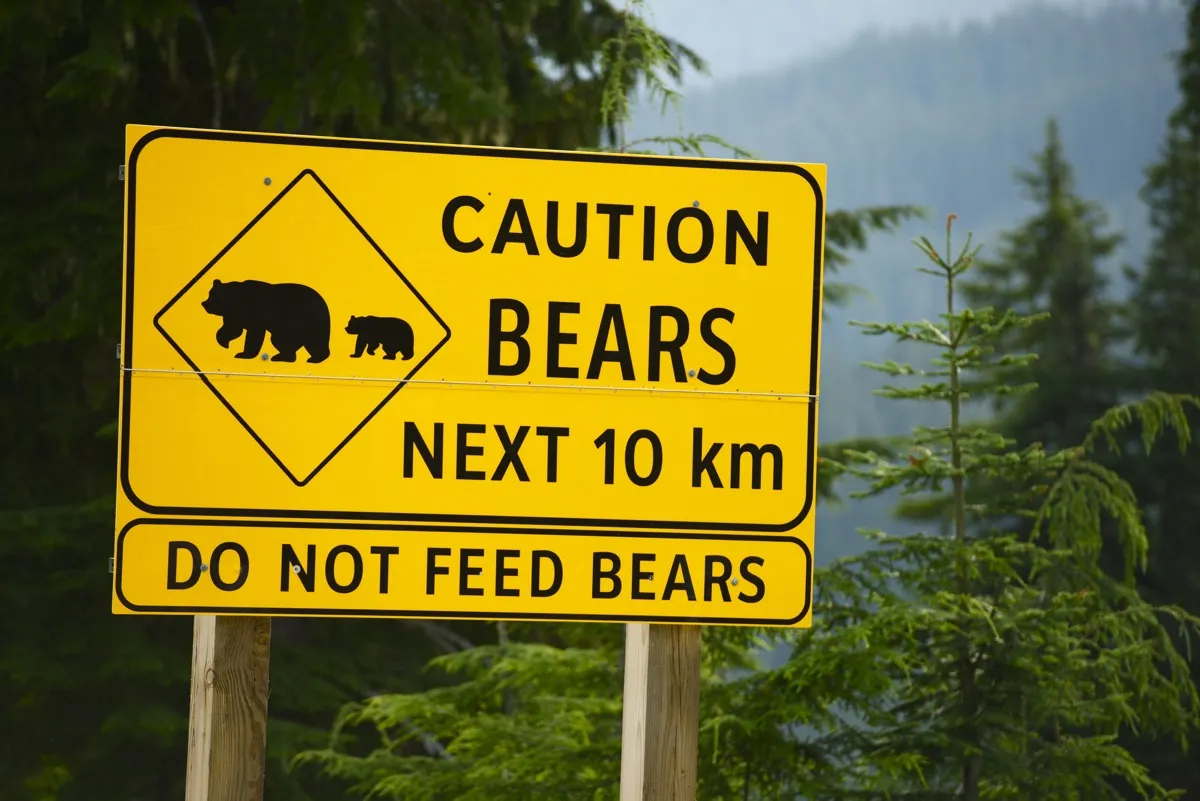
Another Canadian concept that Americans should think about adopting is the metric system. After all, only three countries—the United States, Liberia, and Myanmar—use the imperial system. That means American citizens traveling abroad would benefit from learning the rest of the world’s way of doing things.
The metric system is also regarded as better suited for scientific calculations, seeing as it’s much more intuitive and easy to manipulate.
9
Free Doctors’ Visits

While healthcare costs in the United States are some of the highest in the world, Canadians have access to coverage that is far more affordable. Saskatchewan was the first Canadian province to adopt a government-controlled, universal, single-payer system in 1962, with the rest of Canada quickly following suit. Today, Canada’s healthcare is universal and publicly funded, and one 2009 poll conducted by the Strategic Counsel for CTV found that 91 percent of Canadians prefer their healthcare system over that of Americans.
10
Longer Maternity Leave

The United States is just one of the few countries around that world that doesn’t mandate any sort of paid maternity leave whatsoever. But that’s not the case in Canada, where maternity leave is granted for a longer time and with more pay.
In Canada, the government requires that new mothers get both a paid leave anywhere from 17 weeks to 52 weeks, plus additional benefits. Employers are also required to accept workers back into their old jobs once maternity leave has ended.
11
Canadian English

While American and Canadian English are nearly identical, in Canada, the letter u is used far more liberally. Some examples include the American neighbor versus the Canadian equivalent neighbour; color versus colour; and favorite versus favourite. Americans should consider switching over for the simple reason that Canadian English is more similar to British English, the closest to the language’s origins.
12
Pronouncing the Letter Z as “Zed”

It’s not just Canadians that pronounce the last letter of the alphabet as “zed,” but the rest of the English-speaking world too. How did this pronunciation become the norm? Well, the origin of the letter Z is the Greek letter Zeta. This led to Old French using zede, which in turn led to the English “zed” in the 15th century. Americans began pronouncing it as “zee” after the the Alphabet song was copyrighted in 1835, which rhymed z with me—much to the chagrin of English teachers outside the United States.
13
Winter Carnivals
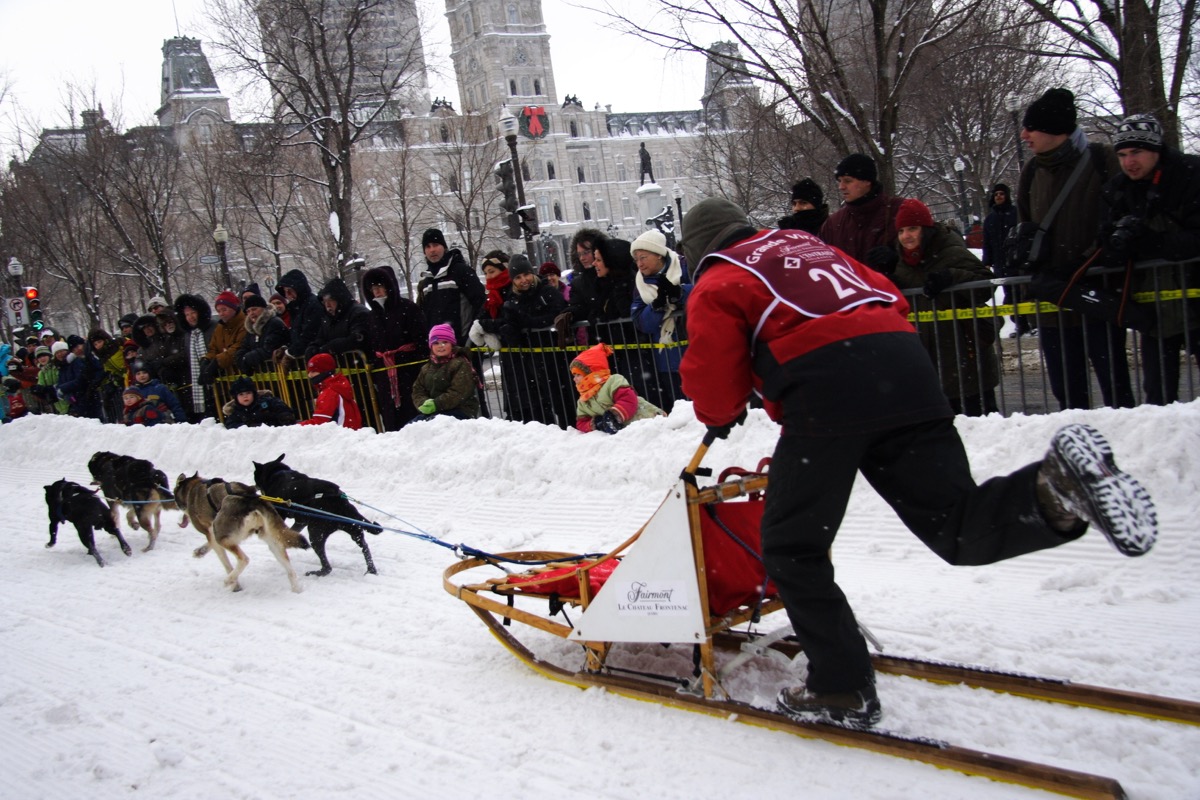
Americans have plenty of summer festivals and fairs, but they ought to adopt Canada’s tradition of winter carnivals, too. There’s the Carnaval de Quebec, one of the biggest and oldest in the country that takes place each year in Quebec City and features parades, contests, and even a snowman mascot named Bonhomme. And across the country, the Vernon Winter Carnival in Vernon, British Columbia, will celebrate its 60th anniversary in 2020, complete with polar bear swims and snowshoeing.
14
Getting Letters Back From Santa

Sure, American children can write letters to Santa, but Canadian children get letters back from St. Nick—as long as they send their wish lists to the country’s mail system, Canada Post, via their Write to Santa program.
More than 1.5 million children from around the world send their letters to the program every year. And, as far as the kids know, the letters are coming from the North Pole!
15
Adding “Eh” to the End of Sentences

As most people are well aware, Canadians end most of their sentences with “eh?” to succinctly replace phrases like “Excuse me?” “Please repeat that,” “Huh?” or “Right?” According to Jack Chambers, a linguist at the University of Toronto, the verbal tic is intended to show politeness, confirming the all-too-common Canadian stereotype about the country’s kindness. And for more unique phrases specific to certain countries, check out these 30 American Sayings That Leave Foreigners Totally Puzzled.
To discover more amazing secrets about living your best life, click here to follow us on Instagram!